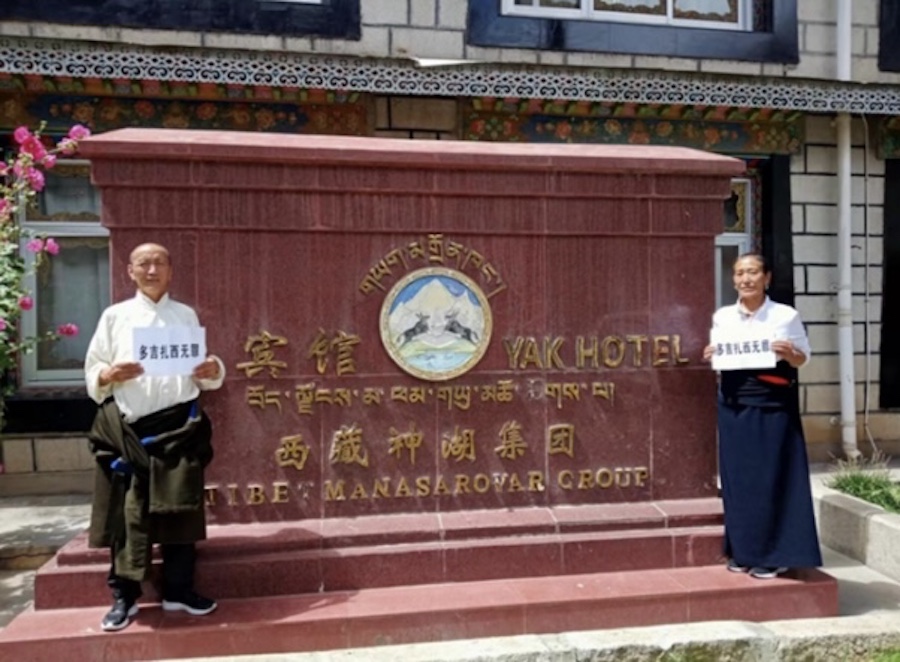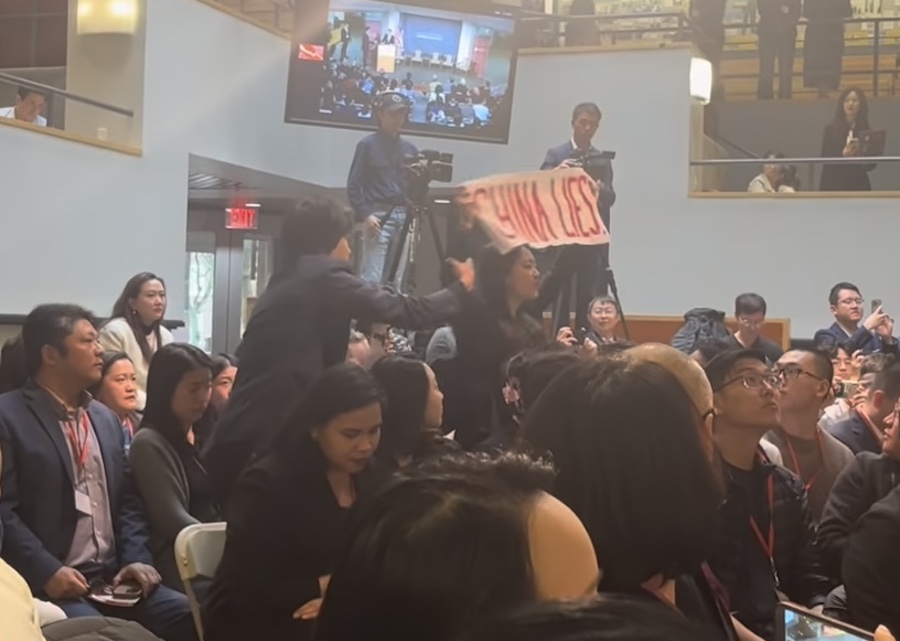By Jane Macartney,
Asian Diplomatic Correspondent
SINGAPORE – A second visit by delegates of the exiled Dalai Lama to China within months underscores a stunning shift after contacts spent a decade in a deep freeze. Even more revealing was the list of holy places they did not visit.
If the two-week trip was intended to pave the way for the eventual return of the spiritual leader of the Himalayan region from more than 40 years in exile it omitted the sacred Buddhist site that the Dalai Lama has said is one he most wants to visit.
The misty peaks of Wutai Shan in northwestern Shanxi province are sacred to Buddhists and were the site of a pilgrimage in 1908 by the predecessor of the 14th Dalai Lama. The mountain was not on the itinerary of special envoy Lodi Gyari, the Dalai Lama’s urbane contact with the U.S. Congress, and his four companions.
That is a sign that the return of the Dalai Lama may thus be still some way off, say Tibet experts.
In a carefully worded statement summing up the visit, Gyari tinged words of appreciation for the team’s welcome in China with suggestions of disappointment that the route did not allow more time and opportunity to assess the lives of ordinary Tibetans.
“Both sides agreed that our past relationship had many twists and turns and that many areas of disagreement still exist. The need was felt for more efforts to overcome the existing problems and bring about mutual understanding and trust,” Gyari said.
The seasoned diplomat placed emphasis on the need for more steps and to continue the process of contacts, gave details of Buddhist sites visited in eastern and southern China and conveyed the Dalai Lama’s sense of encouragement.
FAMILY FIGHTS
“It was a good thing,” said Tenzin Lhundup, analyst at the China Tibet Research Centre in Beijing, of the visit. “There’s no point for family members to argue among themselves. It always helps to sit down and talk.”
Analysts say the re-establishment of contacts between China and the Dalai Lama’s delegates reflects a softening in Beijing’s position as it tests the waters for a political solution in a region long troubled by often violent anti-Chinese unrest.
“I think the Chinese are doing everything to get the Dalai Lama to come back,” said Robbie Barnett, lecturer in Modern Tibetan Studies at Columbia University in New York, adding that the reasons for the about-face a year ago remained unclear.
“Perhaps they are taking the line that the Dalai Lama is a sensible person to try to negotiate with and it might be more difficult after he dies.”
Chinese analysts, such as Tenzin Lhundup, say the Chinese position has not shifted. But clearly some key has turned.
Last September, the Tibetan god-king’s envoys visited China in the first direct contact since 1993.
Tibetans in exile have been running a government in Dharamsala in Himachal Pradesh since the Dalai Lama fled in 1959 following a failed uprising against Chinese rule. The Dalai Lama seeks greater autonomy for the region but not independence.
Beijing’s relations with the Dalai Lama have been volatile.
They have ranged from attempts at reconciliation in the 1980s when visits by members of his family to the Tibet capital, Lhasa, sparked hysterical joy among locals to Chinese suspicions he or his followers were fomenting protests in the late 1980s.
The nadir was reached in the mid-1990s when the Dalai Lama named a Tibetan boy as the incarnation of the Panchen Lama, Tibet’s second holiest leader who died in 1988. That choice enraged Beijing, who spirited away that boy, appointed another, vilified the Dalai Lama and banned his image from Tibet.
SLOW PROGRESS, AND NOT SURE
“So long as both sides are committed to serious talks, reasonable in their demands, pragmatic in their approaches, consistent in their strategies and visionary in their perspectives, I am optimistic about the talks,” said Tenzin Lhundup.
The process is likely to be gradual with the Tibetan side probably eager to move only slowly towards any negotiating table while gaining a clearer understanding of Beijing’s goals.
Gyari, who visited Lhasa on his visit last September, hinted at the difficulties after visiting an ethnic Tibetan region.
“Our visit was too short for us to assess in an adequate manner how effectively the Tibetan language, culture, religion and identity are being preserved, protected and promoted in this Tibetan area,” he said.
But the fact that the visit was arranged by the arm of the Chinese Communist Party charged with contacts with Chinese overseas, the meetings with officials and Gyari’s description of his hosts as “counterparts” all point to tentative steps towards finding a role — or even a return — for the Dalai Lama.
“I have to say on the surface it does look as if the team was treated in a formulaic manner in terms of the itinerary,” said Barnett. “But they were on the other hand shown sites of Buddhist interest in China in line with the Dalai Lama’s idea of visiting Buddhist pilgrimage sites.”
(With additional reporting by Dai Shasha in Beijing)









